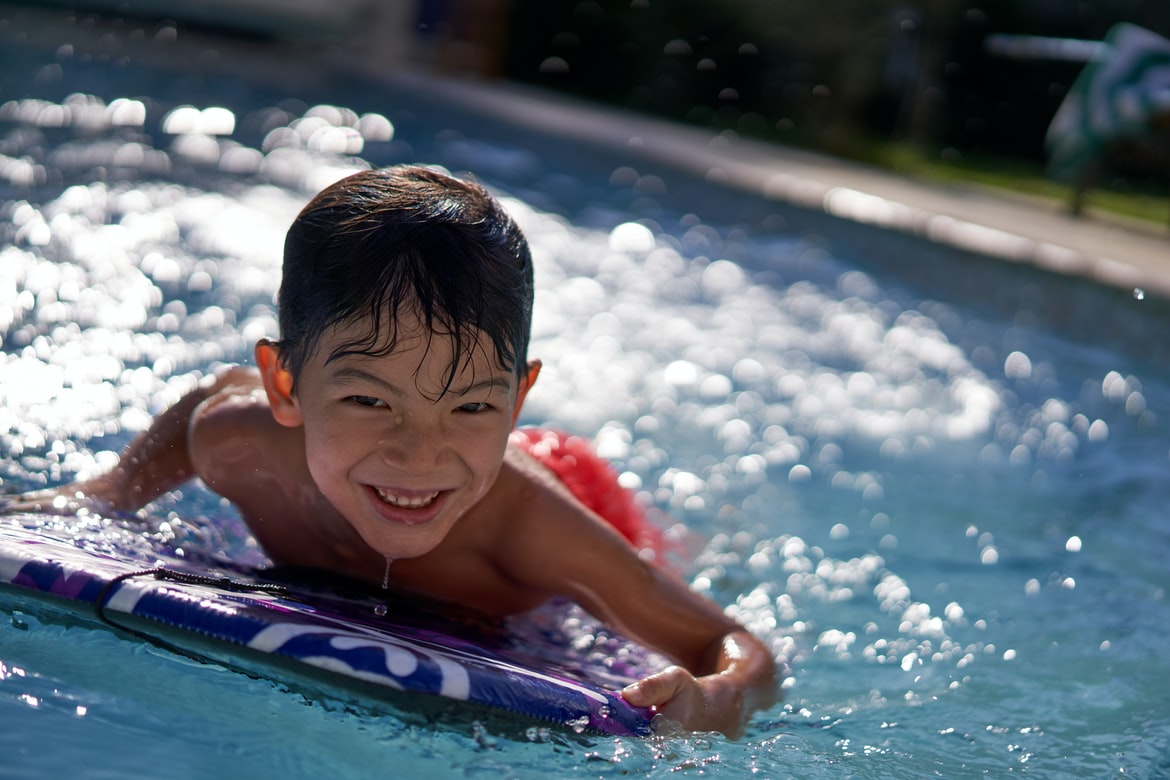
Research has shown that a quarter of drowning victims are usually swimmers. Young children, in the age group of 2 to 4 years, exhibit a higher risk of drowning than any other age group, according to the International Life Saving Federation.
Most of these children are in circumstances in which they’re playing alone and near water. Innocent backyard fiberglass pools may be the deadliest sites for vulnerable youngsters whose pool safety is compromised because they can’t swim or can’t swim well. A quarter of deaths by drowning happen in shallow water, just a meter in depth.
Participation in formal swimming instruction can significantly reduce the risk of drowning in young children aged 1 to 5 years. If you have a pool in your backyard or are considering installing one(visit swimmingpoolssydney.com.au), you need to have your child take proficient swimming lessons. This will ensure that he/she is well-equipped for tackling the water.
Different Stages of Development and Swimming
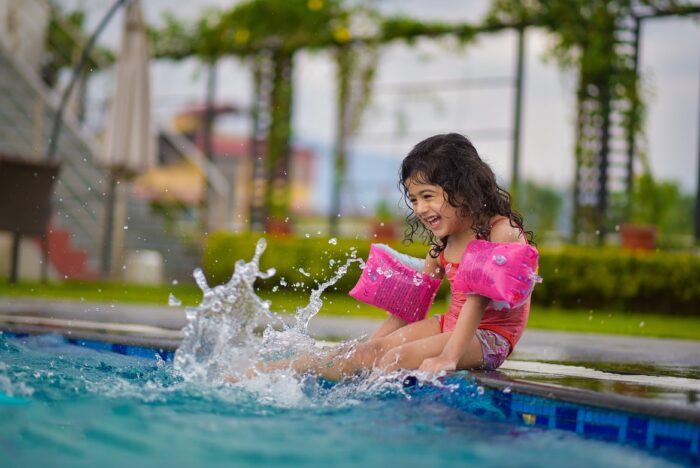
Ideally, children should be able to reach certain abilities in the water at various stages in their development as they grow. At the preschool age (6 months-4 years), children should be accompanied by parents in the pool, and even young babies can learn safety in the water. They can splash about, glide with their parents and benefit from an enhancement in cognitive and physical skills in the process. Parents should never overestimate a child’s ability in the water, even if a child shows an affinity to water.
Parents’ Awareness
Parents who supervise children in the water should never be distracted, like on their cell phones, etc. Being in the water with children teaches parents to be more aware of child safety, too. When children reach the age of 4, they should typically be able to enter and leave fiberglass pools safely. They should know what safe depth levels are by now as well, and check these with their feet. By this age, children should be adept at floating in the water and be able to manage their breathing in aquatic environments.
Older Children
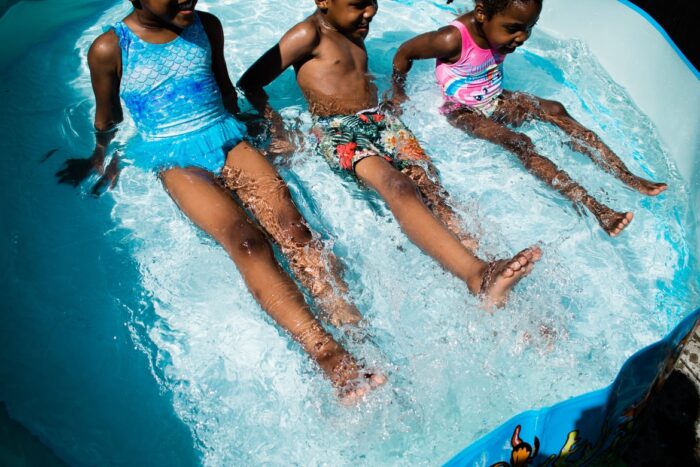
When children enter primary school, they are involved in some swimming instruction as schools have swimming lessons as part of the curriculum. This is a great way to get children to deal with more structured learning and get confidence levels higher. Nonetheless, studies have found that this kind of mass instruction may not be enough to pay attention to each child. Children, as a result, require more intensive swimming courses to learn, instill and maintain water safety skill sets.
The Hazard of Cost
Swimming well is a skill that not only serves to enhance health and mental benefits, but it can save your own life as well as someone else’s. By the time children have reached the latter primary age groups, they’ve given up on any formal swimming training. This is mainly because swimming lessons prove costly for parents. There is an additional factor of children not being able to devote a sufficient amount of time to swimming intensive training as they get older. This age group, as a result, doesn’t attain skills for safe swimming.
By the age of 12 years, children should be able to swim the freestyle or breaststroke for a distance of 50 meters. They should be able to “scull” – use arms to move in the water. Floating is a skill they must attain by this age, as well as toss a flotation aid to another child 5 meters away. Twelve-year-olds should be adept at swimming well in suits or in normal clothing (in case of an accidental fall into water).
Secondary School Children
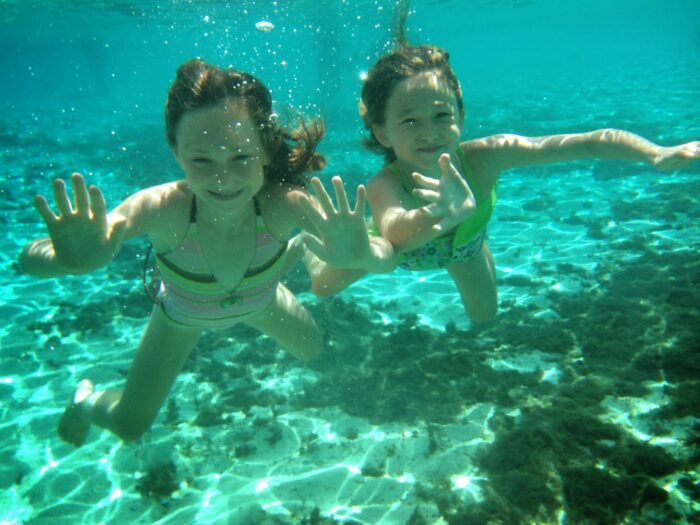
Between the ages of 12 and 18 years, high-school children must be exposed to swimming safety programs that encapsulate a broader scope. These should correspond with their secondary school syllabus. The school’s curriculum plays a large role in teaching safety skills to teenagers. Addressing skills and information, attitudes and behavior, this age group should be taught to be safe and promote safety in turn.
If you have a teenager at home and a younger child, it’s a good idea to get your teen to teach swimming to a younger sibling. This will be an opportunity for children to spend quality time in your fibreglass pool, as well as offer a constructive activity for your teen. To convince teenage children to take structured swimming courses can pose a bit of a challenge. Instead of referring to them as swimming lessons, which might sound childish, you could call them “aquatic survival training”. The terminology may give teens an idea of learning important life-changing skills.
High-risk Groups
The experiences of migrant communities and water are somewhat recreational in nature, without any formal water safety information or training. Research shows that migrant groups are particularly vulnerable to accidents in water. In Australia, most native people, almost 90%, make it a practice to have their children attend some formal swimming lessons. On the other hand, only 76% of children whose parents had migrated to Australia had taken swimming training courses. Among all people, those from low income groups are less likely to have access to pools or beaches. Consequently, they don’t give importance to water safety or the basics of swimming at all.
Swimming Competency
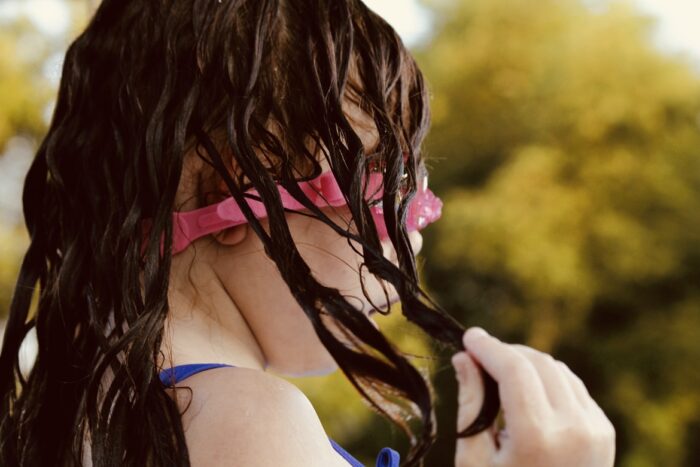
For most Australians, outdoor activities like swimming and surfing are a natural way of life. The country is conducive to this lifestyle, as most of Australia has world-renowned beaches. Most people have backyard pools of the fiberglass variety, and if you do, it’s a gift that you should reap advantages from. Nonetheless, forcing a child to take swimming lessons isn’t the perfect way to coax your child to take to the water. fiberglass pools are fun, and if you do force children too much, they may dislike water for life. Swimming should be seen as something to look forward to, an exciting and fun activity. Spontaneously creating a love of water is a natural way to gently compel your child to swim.
The activity of swimming has multiple benefits, the fruits of which can be seen right through adult life. Improving cardiovascular health and physical strength, the activity has positive outcomes for imagination and cognitive development too. It improves social skills and aids in coping mechanisms and overall emotional development.














